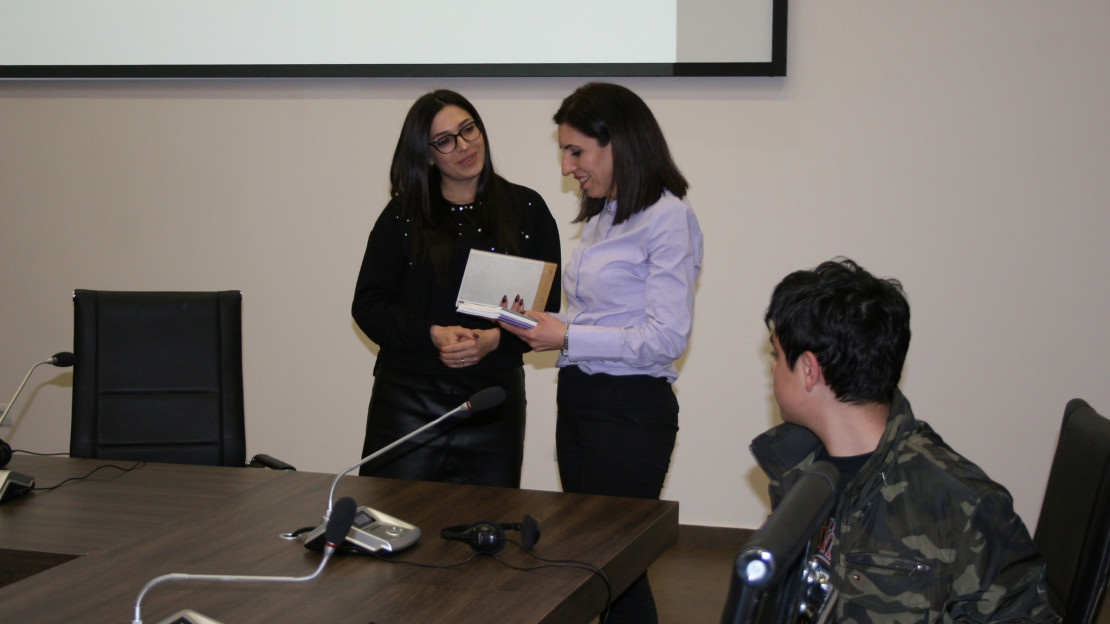
Genocide is one of the greatest crimes against humanity, and yet its threat has not been fully overcome. The term genocide was introduced in 1944 by Raphael Lemkin, a Polish lawyer of Jewish descent and an expert in criminal and international law. A survivor of the Holocaust, Lemkin coined the term to describe the systematic killings and violence of the Nazi regime, as well as the atrocities committed against Armenians in the Ottoman Empire in 1915.
We Armenians perhaps talk, hear, and relive the memories of genocide more than anyone.
But is merely talking and listening enough? Preventing such crimes requires more than awareness—it requires education and a strategy for resistance. And that education must begin at the earliest age of conscious understanding.
With this in mind, the Armenian Genocide Museum-Institute and the Usum School have collaborated for several years now, aiming to foster awareness through regular student visits and participation in educational initiatives.
The Armenian Genocide Museum-Institute, opened on April 24, 1995, is the fourth component of the memorial complex dedicated to the victims of the Armenian Genocide. In addition to its research mission, the museum regularly organizes educational programs for students. These events aim to make historical records and archival materials more accessible and known.
A particularly noteworthy aspect is that visiting students can choose from a variety of thematic modules—ranging from genocide terminology to Operation Nemesis, from the motives behind the atrocities to the destruction of cultural heritage, and more.
In an interview with usumschool.am, Manya Najaryan, head of the “History and Culture” subject association at Usum School and a historian, noted that the museum’s initiative is truly effective in ensuring continuity in the educational process. “Reading a textbook or listening to a teacher is one thing—seeing original documents and hearing eyewitness testimonies is another,” she said.
When asked whether studying such emotionally heavy topics poses any psychological risks, she responded that being an educator inherently involves the ability to gauge which facts to emphasize and which to leave out when addressing genocide-related issues.
Having personally accompanied students on these museum visits, Najaryan observed that even the least engaged students return deeply moved and enriched with a wealth of information and insights.